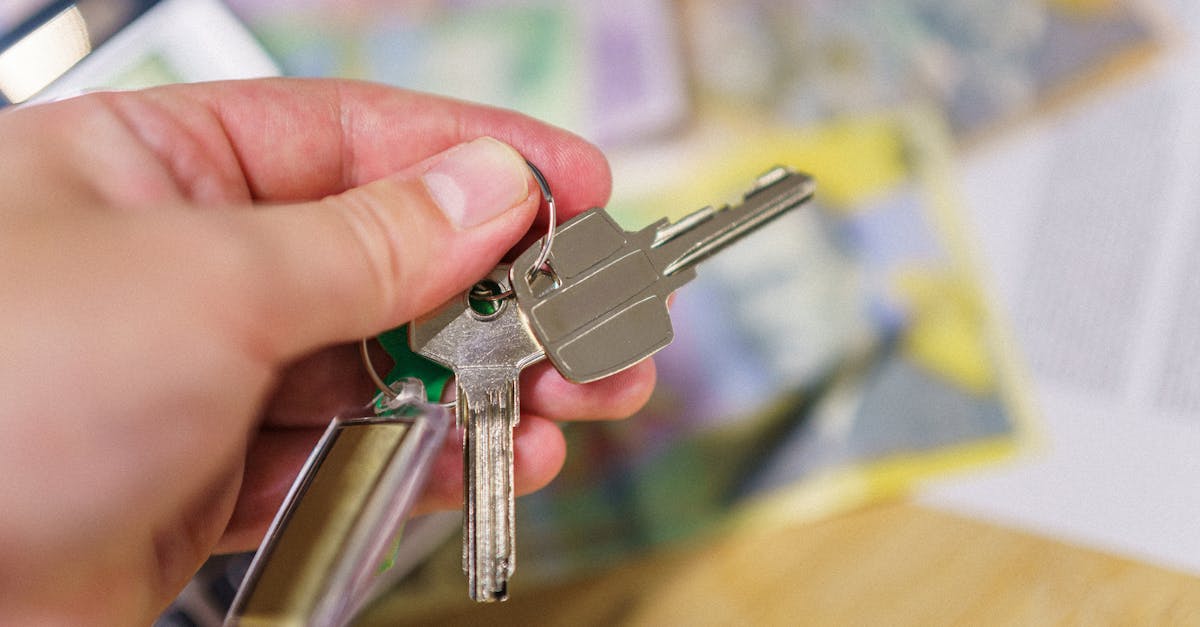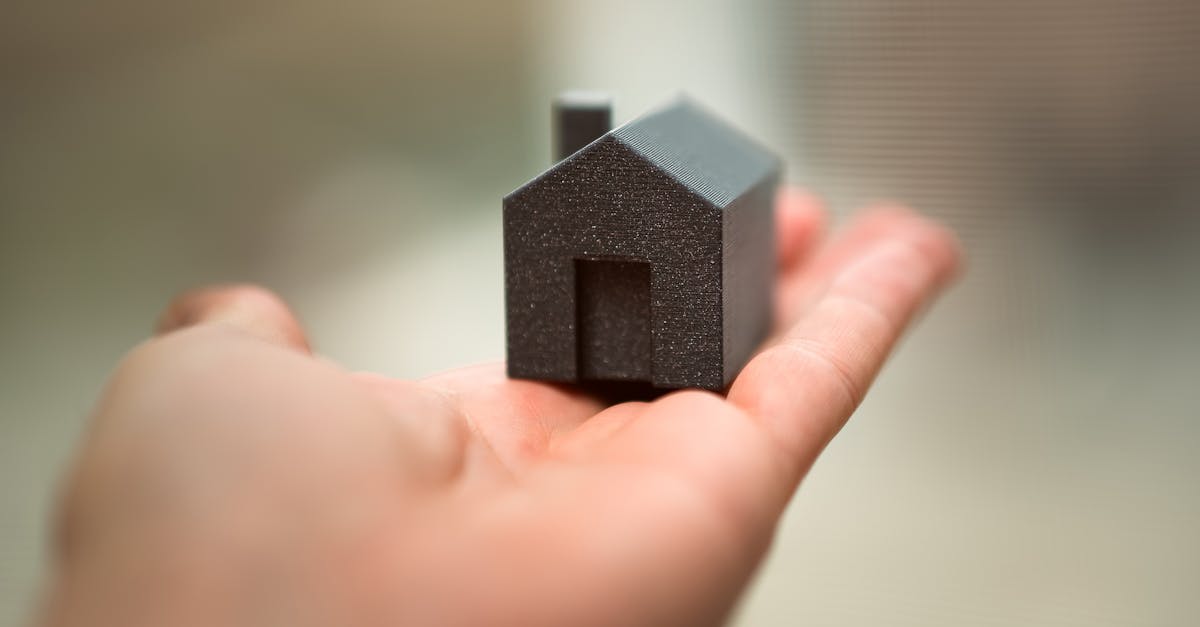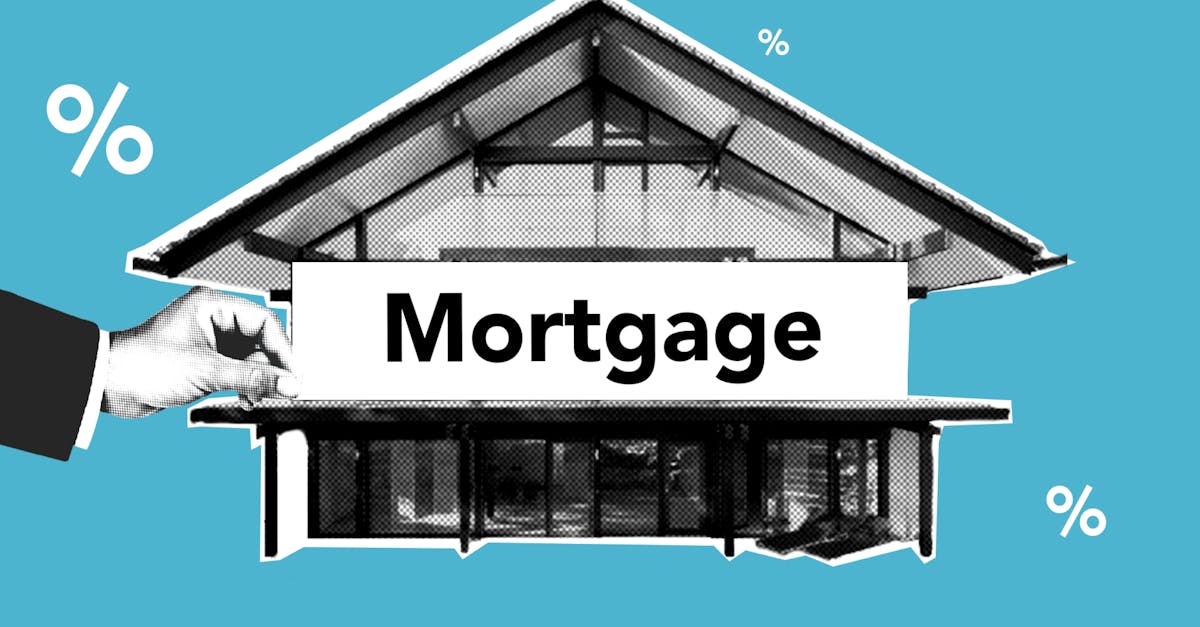
Table Of Contents
Benefits of a Lower Down Payment
A lower down payment on an investment property can make real estate more accessible for investors. By requiring less upfront capital, individuals can allocate their funds to other areas, such as renovations or multiple properties. This strategy effectively diversifies their investment portfolio while still allowing them to enter the real estate market.
Additionally, investment property loans often come with flexible terms and various options for financing. Utilizing different types of loans or aligning with partners can enhance liquidity and potential returns. This approach encourages strategic financial planning, making it easier to seize profitable opportunities as they arise.
Leveraging Your Capital Effectively
Utilizing a lower down payment can substantially increase your purchasing power when seeking investment properties. By putting down less than the traditional 20%, you retain greater liquidity for other investments or expenses. This strategic approach allows you to leverage your capital more effectively, spreading your investment across multiple properties rather than tying up significant funds in a single purchase.
Investment Property Loans are designed to accommodate varying down payment options, often permitting as little as 15% or even 10% down, depending on the lender and the specific loan program. This flexibility opens doors to a wider selection of properties, enabling investors to build and diversify their portfolios more rapidly. With careful analysis and planning, the advantages of lower down payments can lead to enhanced returns on investment and overall financial growth.
Strategies for Financing Your Investment
Exploring various financing strategies can help you make the most out of your investment property. Investment Property Loans often come with different terms and conditions compared to traditional mortgages. Some lenders may allow for lower down payments, enabling you to preserve more capital for other investment opportunities or expenses. When considering such loans, it’s essential to evaluate the interest rates and fees associated with them, as these can significantly impact your overall return on investment.
Combining various funding sources can also enhance your financing strategy. While an investment property loan might cover a portion of your purchase, additional funding could come from personal savings, family loans, or even partnerships. This approach allows for greater flexibility and risk distribution among multiple parties. As you explore these options, maintaining a keen eye on the projected cash flow and returns will ensure you are prepared for any potential challenges along the way.
Combining Various Funding Sources
When considering the purchase of an investment property with less than a 20% down payment, exploring various funding sources becomes essential. Investors often utilize a mix of traditional loans, private financing, and even partnerships to achieve their goals. Investment Property Loans can facilitate this process by offering flexibility in financing options. Leveraging multiple sources of capital not only diversifies risk but also enhances the potential for greater returns.
Combining different funding sources allows savvy investors to minimize upfront capital and maintain liquidity for other investment opportunities. For instance, using a first mortgage in conjunction with a home equity line of credit can help cover the down payment and associated costs. Additionally, engaging with private lenders or investors can provide alternative financing avenues, particularly for those looking to acquire properties quickly without the constraints of bank financing.
Evaluating Your Investment Potential
Assessing the potential of an investment property involves a careful analysis of various financial metrics. Calculating the cash flow is crucial, as it determines the income generated after accounting for expenses. A positive cash flow indicates that the property can sustain itself while providing a return on investment. Additionally, evaluating return on investment (ROI) helps gauge overall profitability. This metric examines how much profit is made relative to the amount invested, giving clarity to whether the property is worth pursuing.
Investment Property Loans play a significant role in this evaluation, as they dictate how much capital an investor can effectively utilize. Understanding the terms and interest rates associated with these loans is vital. A lower down payment might lead to higher monthly payments but can also maximize the capital available for other investments. An investor should consider their overall financial strategy, including how the loan structure influences long-term wealth-building goals while balancing risk.
Calculating Cash Flow and Returns
Calculating cash flow and returns is a critical aspect of evaluating the potential of an investment property. It's essential to accurately estimate your rental income while factoring in expenses such as property management fees, maintenance costs, and property taxes. Knowing your numbers helps determine whether the property can generate a positive cash flow, which is crucial for long-term viability. Higher leverage from your initial lower down payment may increase your return on investment, but it also raises financial risk if your cash flow falls short of expectations.
Investment Property Loans can influence your ability to invest strategically. The terms of the loan play a vital role in your cash flow calculations. Interest rates, amortization periods, and other loan features can substantially impact your overall return. Investors should conduct thorough analyses using various scenarios to understand how different financing options affect cash flow and potential returns. This scrutiny ensures you make informed decisions that align with your investment goals.
FAQS
Can I put less than 20% down on an investment property?
Yes, it is possible to put less than 20% down on an investment property, but it may require alternative financing options or private lenders.
What are the benefits of a lower down payment on an investment property?
A lower down payment allows you to leverage your capital more effectively, enabling you to invest in multiple properties or retain more cash for other expenses.
What financing strategies can I use if I can't afford a 20% down payment?
You can consider combining various funding sources, such as using a combination of conventional loans, private lenders, or even partnerships to finance your investment.
How do I evaluate the potential returns on an investment property if I put down less than 20%?
You can evaluate your investment potential by calculating cash flow and returns based on factors like rental income, expenses, and financing costs.
Are there any risks involved with making a lower down payment?
Yes, lower down payments can lead to higher monthly mortgage payments and may require private mortgage insurance (PMI), which can increase your overall costs and financial risk.




